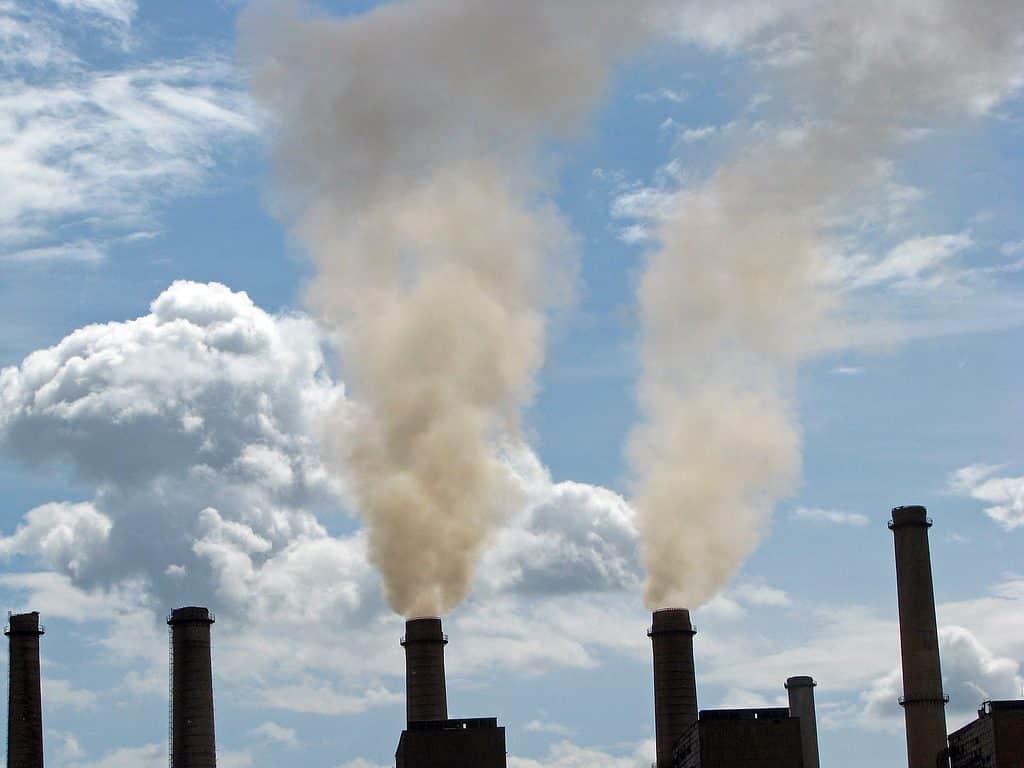Every year, about two million pregnancies around the world end in stillbirth. The causes of natal death are diverse – from maternal hypertension to fetal abnormalities to labor complications to placental malformation. But one particular cause seems to be especially prevalent, particularly in low and middle-income countries: air pollution.

Researchers estimated for the first time the proportion of stillbirths around the world caused by particulate pollution. In a re-assessment of previously collected data and existing studies from 137 countries, they found that about 830,000 stillbirths every year in those countries were caused by exposure to fine particulate pollution (40%).
Every 10 micrograms of the so-called PM2.5 particles per cubic meter of air increases the risk of stillbirth by 11%, with the toll greater on older mothers than younger ones. These particles, about 3% of the width of a human hair, are typically released by the burning of coal and heating oil, vehicle emissions, and natural sources like wildfires.
The World Health Organization set a reference level (or maximums safe exposure) of PM2.5 at five micrograms per cubic meter of air. Above that level, the particles can contribute to asthma, heart disease, and premature death. The average global concentration of PM2.5 is at the alarming level of 46 micrograms per cubic meter.
“Meeting the WHO air quality targets could prevent a considerable number of stillbirths,” wrote the researchers in their paper, led by Dr Tao Xue from Peking University in China. “Current efforts to prevent stillbirth focus on medical service improvements but compared to clinical risk factors, environmental ones are usually unseen.”
Stillbirths and air pollution
For their study, the researchers picked 137 low-and middle-income countries home to 98% of the world’s incidence of stillbirths, based on data from the Department of Health Surveys (DHS). Then they cross-indexed the mortality figures with other data from the WHO, detailing the severity of PM2.5 pollution in each of those countries.
The results showed a clear connection between particulate emissions and the incidence of stillbirths. India was the hardest-hit country, with an annual average of 217,000 stillbirths (out of 25 million live births) and a PM2.5 concentration of 60.15 micrograms per cubic meter of air – or 12 times the advised level set by the WHO.
Pakistan ranked second in the list, with 110,000 stillbirths per year (out of six million live births) and 63.16 micrograms of pollution. Other countries in the top ten in the study were Nigeria (93,000 stillbirths out of 10.6 million live births, and 69.66 micrograms), China (64.000 stillbirths, 10.6 million live births, and 51.11 micrograms).
The exact mechanism that links air pollution to stillbirth is uncertain, the researchers said. However, they have three theories. First, when a pregnant person inhales PM2.5 particles, they enter the bloodstream and could cross the placental barrier where they flow into the fetus – leading to low oxygen levels or immune problems in the baby.
There’s also the possibility that PM2.5 exposure can lead to abnormalities or malformations in the placenta, preventing it from supporting the fetus during pregnancy. Finally, exposure to PM2.5 could lead to the development of methemoglobin in the parent, a form of hemoglobin that limits oxygen to the fetus.
While researchers continue looking into this and try to identify the exact reasons and how to address them, there are steps pregnant people can take to reduce exposure to polluted air. Wearing KN95 or N95 masks outdoors on heavily polluted days, avoiding going outside when air quality is at its worst and setting up air purifiers at home can help.
The study was published in the journal Nature Communications.






